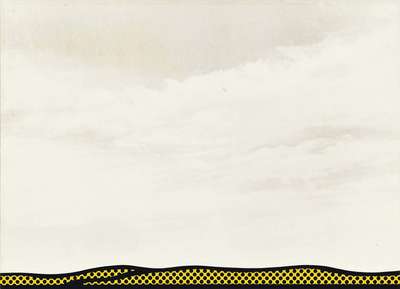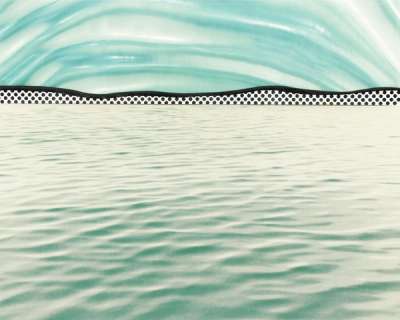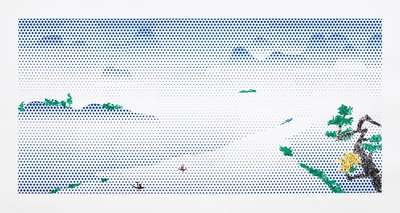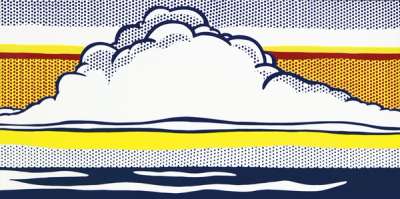
The River

The River
Signed Print
Roy Lichtenstein
Price data unavailable
AAGR (5 years) This estimate blends recent public auction records with our own private sale data and network demand.
There aren't enough data points on this work for a comprehensive result. Please speak to a specialist by making an enquiry.
Medium: Planographic print
Edition size: 60
Year: 1985
Size: H 95cm x W 134cm
Signed: Yes
Format: Signed Print
Track this artwork in realtime
Watch artwork, manage valuations, track your portfolio and return against your collection
Track auction value trend
Auction Results
| Auction Date | Auction House | Location | Hammer Price | Return to Seller | Buyer Paid |
|---|---|---|---|---|---|
| October 2019 | Phillips New York | United States | |||
| October 2018 | Christie's New York | United States | |||
| October 2018 | Phillips New York | United States | |||
| October 2017 | Christie's New York | United States | |||
| April 2013 | Phillips New York | United States | |||
| November 2012 | Sotheby's New York | United States | |||
| November 2007 | Sotheby's New York | United States |
Meaning & Analysis
Roy Lichtenstein revisited the landscape motif numerous times throughout his career. His vast Landscapes, Moonscapes and Seascapes comprise several individual series of prints. The River from 1985 belongs to the painterly Landscapes suites. The print mainly appropriates the formal attributes of landscape painting. However, it also imitates brushstrokes, thereby critiquing the idealised brushwork of the abstract expressionists.
The River shows a highly traditional landscape portrait with sailboats drifting down a narrow river. Abstracted figures observe the voyage from the shore. A row of houses with smoking chimneys are set in the background of the work. The whole scene is composed of intersecting pastel-toned and primary coloured brushstrokes. The explosive hand-painted sweeps interact energetically with the mechanical aspects of the artist’s own style. Consequently, the layout of the print becomes similarly abstracted as Lichtenstein’s concurrent Brushstroke Faces and Seven Apple Woodcuts.
Lichtenstein cleverly translates his stylised brushstroke variations into the conventional language of the landscape genre. As such, his simulated sweeps appear more instinctive and integrated. While Lichtenstein’s imitated painterly gestures symbolise shifting light and nature in motion, the detached cartoon elements produce spatial ambiguities. These strokes seem to have been cut out and pasted on, steering attention toward the object quality of the work.



















